SPARK has instigated the formation of numerous start-ups working to bring research from bench to bedside

Listed below are the stories of some of these startups.
REPURPOSED SMALL MOLECULE TO TREAT NOVEL HEPATITIS C TARGET

Jeffrey Glenn, MD, PhD
Professor Of Medicine (Gastroenterology And Hepatology) And Of Microbiology And Immunology
Chronic hepatitis C is a viral infection that can lead to swelling of the liver, non-alcoholic cirrhosis, and liver cancer. Many years before Gilead turned the national conversation around HCV to drug pricing, Dr. Glenn’s team was searching for new ways to inhibit Hepatitis C Virus in infected individuals. They identified a compound, previously tested in humans to treat allergies, that acted synergistically with other HCV protease-inhibitors to block viral replication and slow emergence of drug-resistant viral strains. SPARK funded preclinical studies into the efficacy of the drug combination.
Eiger BioPharmaceuticals, founded by Jeffrey Glenn, MD, PhD, licensed the technology and ran a Phase IB clinical trial to evaluate safety and tolerability in HCV-infected subjects (CLEAN-1 trial, NCT00945880). Although the original product was eclipsed by the Gilead launch of sofosbuvir, Eiger is developing a number of other SPARK and Stanford discoveries. The company is now public (NASDAQ: EIGR).
REPURPOSED SMALL MOLECULE ANTAGONIST TO IMPROVE COGNITION IN DOWN’S SYNDROME

Craig Garner, PhD
Professor And Group Leader, German Center For Neurodegenerative Diseases (dzne); Charité–universi- Tätsmedizin Berlin
Reduced cognitive function is a hallmark for children with Down syndrome (DS), impairing learning and memory function, as well as the development of language skills. Currently, there are no effective treatments. While Dr. Garner was at Stanford, his SPARK project was evaluated whether previously approved GABA-A receptor antagonists could be safely administered and improve learning and memory consolidation in animal models of Down syndrome. His studies revealed that pentylenetetrazole (PTZ) had an excellent therapeutic window of efficacy, normalizing cognitive function by improving the consolidation of memories during sleep.
The team has formed a start-up company, Balance Therapeutics, and raised 21M in series A and B. Phase 2 clinical trials are ongoing in Australia.
REPURPOSED SMALL MOLECULE TO TREAT BASAL CELL CARCINOMA
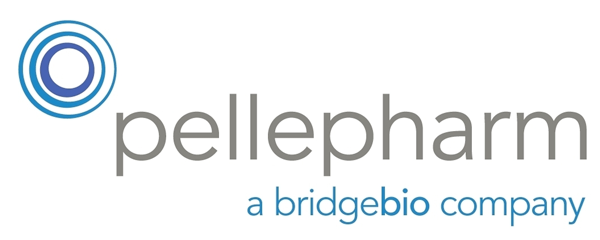
Jean Y. Tang, MD, PhD
Professor Of Dermatology
Dr. Jean Tang’s team discovered that an oral drug, itraconazole, already FDA-approved for treating fungal infections, was effective in treating basal cell carcinomas by inhibiting the hedgehog pathway. Dr. Tang led a SPARK project in two Proof of Concept clinical trials that showed benefits of oral itraconazole in patients with sporadic BCC and in patients with the genetic disease, basal cell nevus syndrome, who develop excessive numbers of tumors. The treatment plan for BCC is much longer than for treating a fungal infection, raising concerns about long-term side effects. The investigators, with SPARK funding and utilizing the expertise of SPARK advisors on drug formulation, developed a novel topical cream to be applied to the skin.
With funding from BridgeBio, Dr. Tang and colleagues founded a start-up company, PellePharm Inc., which now holds the license to topical itraconazole and is advancing treatments for basal cell carcinoma in clinical trials.
MULTIPLEXED DIAGNOSTIC TO PREDICT AND DETECT PRE-ECLAMPSIA


Atul Butte, MD, PhD
Professor, UCSF School Of Medicine, Pediatrics
Pre-eclampsia is a serious condition of pregnancy and the postpartum period that can lead to hypertensive crisis, seizures and death of the mother. Because preterm delivery is the only way to control severe preeclampsia, OB-GYNs need a better diagnostic tool to predict the course of pre-eclampsia. Stanford professors Atul Butte, MD, PhD, and Bruce Ling, PhD, used data-mining techniques to examine large gene and protein databases to identify a biomarker array that is both sensitive and specific for pre-eclampsia. In a retrospective study published in 2013, their panel of serum protein biomarkers outperformed all competing diagnostic tests.
Drs. Butte and Ling founded Carmenta Bioscience to develop the test, with a SPARK advisor acting as CEO. Carmenta reported that in clinical trials the diagnostic was 99% accurate in differentiating preeclampsia from control. Carmenta was acquired in 2015 by Progenity.
NOVEL BIOLOGIC TARGETING CD47-MACROPHAGE INTERACTION TO TREAT CANCERS
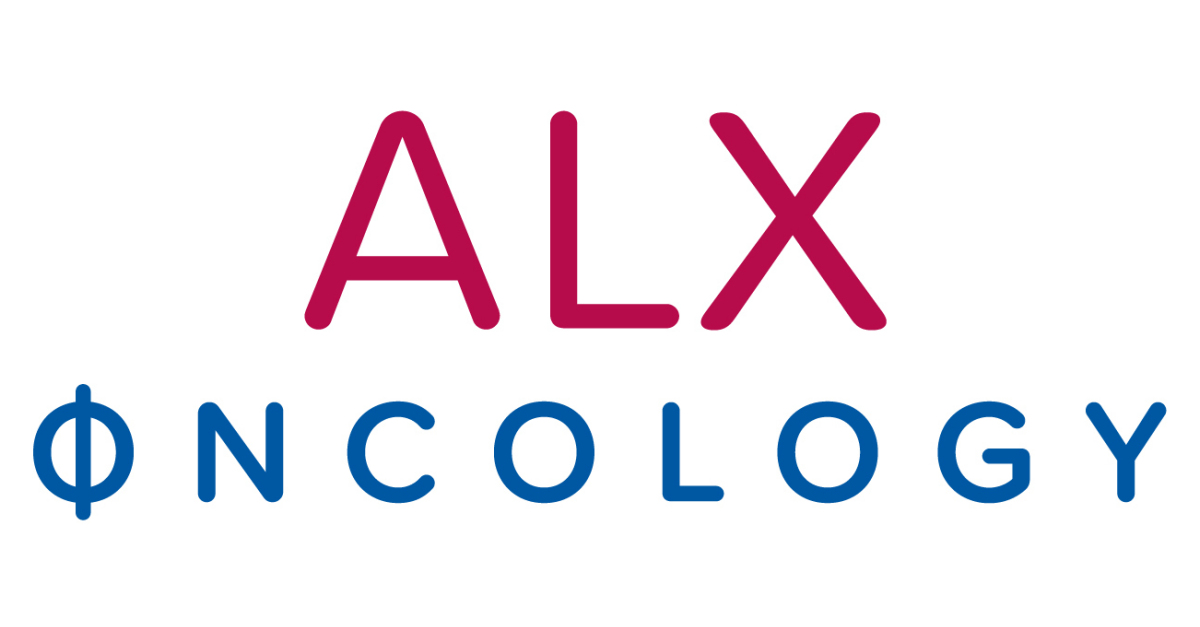
Chris Garcia, PhD
Younger Family Professor And Professor Of Structural Biology
CD47 is an antiphagocytic signal that cancer cells employ to inhibit macrophage-mediated destruction. Dr. Garcia and his team modified the binding domain of human SIRPα, the receptor for CD47, for use as a CD47 antagonist. They engineered high-affinity SIRPα variants with about a 50,000-fold increased affinity for human CD47 relative to wild-type SIRPα. As high-affinity SIRPα monomers, they potently antagonized CD47 on cancer cells but did not induce macrophage phagocytosis on their own. Instead, they exhibited remarkable synergy with all tumor-specific monoclonal antibodies tested, by increasing phagocytosis in vitro and enhancing antitumor responses in vivo. This “one-two punch” directs immune responses against tumor cells while lowering the threshold for macrophage activation, thereby providing a universal method for augmenting the efficacy of therapeutic anticancer antibodies.
The team has formed a startup, ALX Oncology, based on the technology and is now a public company (NASDAQ: ALXO) since 2020. ALX Oncology received U.S. FDA Orphan Drug Designation for Evorpacept for the Treatment of Patients with Gastric Cancer and Gastroesophageal Junction Cancer. ALX Oncology also Announces First Patient Dosed in ASPEN-06, a Phase 2/3 Study of Evorpacept for the Treatment of Patients with Advanced Gastric or Gastroesophageal Junction Cancer.
DEVELOPMENT OF SMALL MOLECULE TO TREAT AMYLOIDOSIS
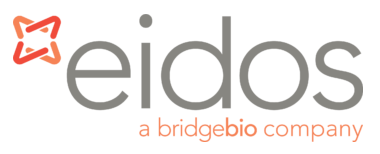
Isabella Graef, PhD
(former Asst. Professor Of Pathology)
Transthyretin (TTR) is a protein made in the liver and secreted in the blood. There are over 100 known mutations in TTR that bias the protein to toxic amyloid deposits, resulting in peripheral neuropathy and heart failure. Even the wild-type protein is shown to accumulate in aggregates in old age. Dr. Isabella Graef developed a screen to search for small molecules capable of stabilizing the TTR protein in its native tetramer and preventing aggregation of unstable monomers. Her lab was able to identify a novel small molecule that stabilized both the mutant and wild-type forms of TTR. Testing in patient blood showed the molecule prevented monomer dissociation and reduced toxicity of aggregates. SPARK support helped the team to perform oral dosing studies in animals and show superiority of the small molecule lead to other compounds in development in development for TTR amyloidosis.
With funding from BridgeBio, Dr. Graef founded Eidos Therapeutics, now a public company.
BIOMATERIAL TO TREAT CHRONIC TYMPANIC MEMBRANE PERFORATION


Peter Santa Maria, MD, PhD
Assistant Professor Of Otolaryngology-hns (otology And Neurotology) At The Stanford University Medical Center
Dr. Santa Maria’s SPARK project identified a treatment to allow non-surgical healing of perforated ear drums, a common complication of childhood ear infections. This condition affects up to 200 million children and adults throughout the world, with disproportionate impact in the developing world where surgical repair is not available, and results in hearing loss. Dr. Santa Maria’s treatment replaces surgical repair with a single injection of a therapeutic gel into the ear canal.
The team formed a start-up company Auration Biotech to develop the technology. Astellas has subsequently acquired the rights to develop this therapeutic.
NOVEL SMALL MOLECULE TO TREAT MICROGLIA DYSFUNCTION IN NEURODEGENERATIVE DISEASES

Edgar Engleman, MD
Professor Of Pathology And Of Medicine (immunology And Rheumatology)
Dr. Edgar Engleman’s team developed a novel platform to screen for compounds that regulate microglial metabolism to control neuroinflammation. The team identified a novel small molecule that showed therapeutic efficacy in mouse models of neurodegenerative diseases. SPARK medicinal chemistry advisors worked with the team to optimize the small molecule, and SPARK funding enabled the team to show efficacy in animal models of neurodegenerative diseases. Perhaps most excitingly, treatment with this drug significantly extended survival in an animal model of amyotrophic lateral sclerosis (ALS), an orphan disease with a devastating progressive loss of muscle control and only a two to five year life expectancy after diagnosis.
Dr. Engleman has founded a start-up company, Tranquis Therapeutics. Tranquis initiated dosing in a Phase 1 clinical study of TQS-168 in healthy volunteers.
REPURPOSED AND NOVEL SMALL MOLECULES TO IMPROVE MEMORY IN ALZHEIMER’S DISEASE
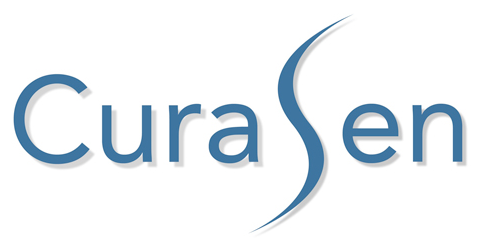
Mehrdad Shamloo, MS, PhD
Associate Professor (research) Of Neurosurgery And, By Courtesy, Of Comparative Medicine And Of Neurology
Dr. Shamloo found that activation of the beta-adrenergic pathway improved cognitive function in animal models of Alzheimer’s disease. Because chronic administration of existing drugs in this pathway can cause heart failure, SPARK advised that Dr. Shamloo in develop novel small molecule activators that are preferentially concentrated in the brain, thereby improving efficacy and minimizing cardiovascular side effects. With funding and advisor support from SPARK, Dr. Shamloo was successful in identifying a development candidate with the desired characteristics. SPARK also supported research to provide further mechanistic understanding pathway, which expanded use of the drug to additional neurodegenerative conditions such as Parkinson’s disease.
Dr. Shamloo founded a start-up company, CuraSen, which advanced the drug into the clinic. CuraSen Therapeutics presented phase 1b clinical data with CST-103 demonstrating significant increases in cerebral blood flow in patients with mild cognitive impairment or Parkinson’s Disease. The company recently closed a $54.5M Series A financing.
NOVEL SMALL MOLECULE OPIOID ANALGESIC WITH REDUCED SIDE EFFECTS AND ABUSE POTENTIAL

Brian Kobilka, MD
Helene Irwin Fagan Chair In Cardiology; Professor Of Molecular And Cellular Physiology; Professor, By Courtesy, Of Chemical And Systems Biology
The analgesic effects of opioids are believed to be due to their activation of the Mu opioid receptor (µOR), whereas the potentially lethal side effects of opioids are thought to be mediated by their stimulation of the β-arrestin pathway. The Stanford team and their collaborators have developed novel biased agonists of the mu opioid receptor that have the potential to induce analgesia with reduced side effects. Animal studies show the lead compound is highly effective in alleviating pain while having fewer respiratory and GI side effects as well as reduced abuse potential.
The investigators partnered with investors and started a new company Epiodyne.
A NOVEL ULTRA-RAPID INSULIN FOR DIABETES
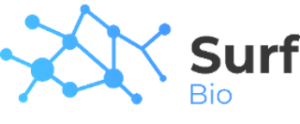
Eric Appel, PhD
Assistant Professor of Material sciences and engineering
Professor Appel co-founded Surf Bio, a preclinical biopharmaceutical company leveraging a breakthrough next-generation surfactant to develop enhanced therapeutic solutions for diabetes, oncology, infectious diseases, gene therapy, and other therapeutic areas.
As the first application of the technology, Surf Bio is developing a novel, ultra-rapid insulin for treatment of diabetes. In parallel, Surf Bio is partnering with pharmaceutical and biotech companies to incorporate the novel stabilization platform into their proprietary products.
LEVERAGING Miro1 AS A DRUG DISCOVERY TOOL and PRECISION BIOMARKER-AcureX

Xinnan Wang, MD PhD
Associate Professor of Neurosurgery
AcureX’s approach and founding intellectual property is based on a Stanford University breakthrough discovery that identified dysfunctional Miro1-mediated mitophagy as a key driver of pathology in Parkinson’s disease and Frontal Temporal Dementia. AcureX is using its insights to develop a precision biomarker to profile mitophagy in patient blood. Additionally, AcureX has industrialized a Miro1 drug discovery platform and has identified and validated several distinct targets. AcureX is advancing small molecule drugs to two targets into the clinic for CNS diseases, with the lead program expected to enter humans in 2023. AcureX was awarded total of $5.5M from the Michael J Fox Foundation, $1M from the Silverstein Foundation and awarded SBIR grant from the NIH-NIA.
AcureX is pursuing partnership and funding opportunities to advance its lead therapeutic programs and biomarker.
AMPK Agonists for Treating Mitochondrial Dysfunction

Tina Cowan, PhD
Professor of Pathology and Pediatrics
Evvia is a Stanford-derived, early-stage startup developing B1-selective AMP-activated protein kinase (AMPK) agonists for the treatment of disorders associated with mitochondrial dysfunction, including neurodegenerative disorders (ie. MELAS, Parkinson’s Disease) and retinal degenerative disorders (ie, LHON, Age-related macular degeneration). Evvia successfully developed first-in-class, brain-permeable AMPK activators that exhibit neuroprotective effects in vitro, and a novel peripherally-restricted AMPK activator that protects against retinal degeneration in a LHON mouse model when delivered by IVT injection. Evvia is currently in the lead optimization and preclinical stages for the CNS program and in the preclinical and stages for the retinal program.
Evvia is seeking additional funding and/or partnering to continue the preclinical development of the first-in-class, brain-permeable AMPK agonists for neurodegenerative disease and of the peripherally restricted compounds for retinal degenerative disease.
We See Hidden Vulnerability in Solid Cancer – A breakthrough platform to unmask novel drug targets for solid tumors

Michale Bassik PhD
Associate Professor of Genetics
MEDIC Life Sciences is a young genomics platform biotech startup based in Mountain View, CA, developing novel oncology therapeutics for solid tumors (primary focus on TNBC and HCC). They are harnessing their unique 3D-tumor based CRISPR functional genomics platform (published in Nature, 2020) to identify prognostic and effective first-in-class drug targets for various solid tumors. Seed fundings raised and MEDIC will enter research collaborations with TOP US pharmaceutical companies in year 2022 to validate its platform for target and biomarker discovery.
Protecting the mind. Improving life.
Aza Technology is a startup spun out of Stanford University poised to deliver a point-of-care device targeting diagnosis and management of hyperammonemia, which is responsible for a host of neurotoxic effects seen in Urea Cycle Disorder (UCD) and organic acidemia (OA) patients. Hyperammonemia is also a root cause of hepatic encephalopathy, a serious condition that occurs secondary to alcoholic and non-alcoholic cirrhosis (NASH), resulting in over $2 billion in hospitalizations in the US alone.
Their foundational intellectual property enables a home-use and point-of-care diagnostic device for evaluation of blood ammonia levels. In concert with their physicians, end-users will be able to treat their own ammonia elevations with their choice of several safe and effective therapeutics. Their product will allow parents of UCD and OA patients to monitor their child’s ammonia status and adequately manage their disease without continual, costly, and cumbersome interventions by emergency rooms and doctors’ offices. Additionally, better treatment resulting from the use of their product will reduce the incidence of hepatic encephalopathy in the 5 million patients at high risk in the US, representing a significant cost- savings to insurers and an improved quality of life to patients. FDA has granted Aza breakthrough status for its innovative device thanks to its excellent performance in clinical studies and urgent unmet clinical need.
Transforming diseases characterized by inflammation and fibrosis

Paul Bollyky PhD
Associate Professor of Medicine
Halo Biosciences is transforming diseases characterized by inflammation and fibrosis. Their science is based on decades of research from Stanford University that place the extracellular matrix (ECM) at the center of some of today’s most devastating and intractable diseases. The team has completed a Phase 1 clinical study demonstrating the ability to safely reduce levels of our ECM target in healthy adults and is completing enrollment of a Phase 2a trial in Pulmonary Hypertension (NCT05128929).

